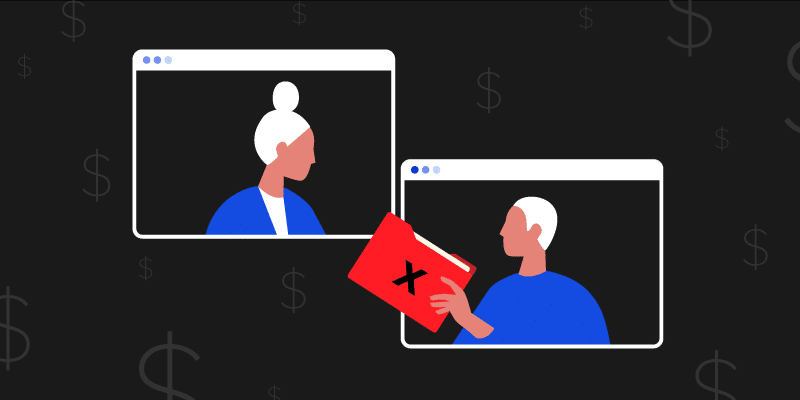These Two Things Impact Workplace Technology More Than Anything Else
September 25, 2017
3 minute read

Aspi Havewala is the Director of IT at Verizon. This post originally appeared on LinkedIn.
In recent years, what has impacted technology in the workplace the most?
I get asked this question quite a bit, so I recently addressed this on a panel to discuss the impact of the digital workplace. There are two factors that I would put above others in terms of significance: teamwork and security.
The productive output of Individuals makes an impact on a company’s bottom line like nothing else. The notion that working in teams supercharges individual output has impacted workplace technologies profoundly.
There are some pretty well established ways to collaborate in most companies. We access and share information. We work on documents together. We talk to each other one-on-one or in meetings. In each of these areas, technology gives people a mechanism to access information, pull it, manipulate it, and distribute it. A fundamental change is that we now make it work for teams over individuals.
Take email for example. Email is deeply ingrained in every company as a primary form of collaboration. When we put teams in open spaces, it has the effect of mobilizing people, and we then have to enable strong, secure, mobile messaging platforms. Once you do that, messaging becomes a viable platform for users to pull, manipulate, and share information. It has to be secured, supported, and watched closely as employees find new ways to use it. A great example is the evolution of Slack; it went from a team messaging app to a hub for company collaboration and information.
Newfound mobility leads to enabling technologies like real-time document collaboration, rapid note taking, and mobile video. Importantly, the digital and physical worlds have to be blended: a wayfinding app to show a user where a meeting room can be found on the floor, a mobile app that tells them which space is empty for the day, or a room that allows itself to be booked when you walk up to it.
The other area that deeply impacts the workplace is security. Layers of security and compliance create the potential to negatively impact user experience. But there really is no option. We have to care for traditional surface areas of attack and evolving ones spawned by new technology. When an enterprise secures devices and apps, we don’t get the same bare metal consumer grade productivity out of those devices and apps.
We need further evolution in this area to balance security with enhanced user experience. There are new technologies that maintain a high level of security without making a product dysfunctional. For example, if you take away Exchange ActiveSync and deploy an MDM on mobiles, most of your users will lose their minds. But if you use the MDM to deploy and manage Android for Work and G Suite apps, you can combine security with a great user experience.
Understanding these two factors and being thoughtful about them is key in the successful deployments of new technologies in the workplace.
About the Author
 Aspi Havewala leads messaging, collaboration, and mobility at Verizon. He is most passionate about creating breakthrough products and building teams that are open to possibilities, move fast, and do amazing things.
Aspi Havewala leads messaging, collaboration, and mobility at Verizon. He is most passionate about creating breakthrough products and building teams that are open to possibilities, move fast, and do amazing things.
Aspi started his career as a journalist in high school, got a Bachelors and a Masters in Computer Science, and became a software developer. After gaining experience in embedded and application software engineering, he co-launched a startup, wrote for tech publications, and co-authored a book. He then moved from engineering to IT to broaden his expertise. In IT, he has worked in Supply Chain, Operations, Vendor Management, Digital Workplace, and Mobile Apps.
Aspi lives in Chicago with his wife and two boys—all of whom fill his life with happiness and wonder. He loves comics, art, cricket, trip hop, and movies.
You can find Aspi on LinkedIn here.






